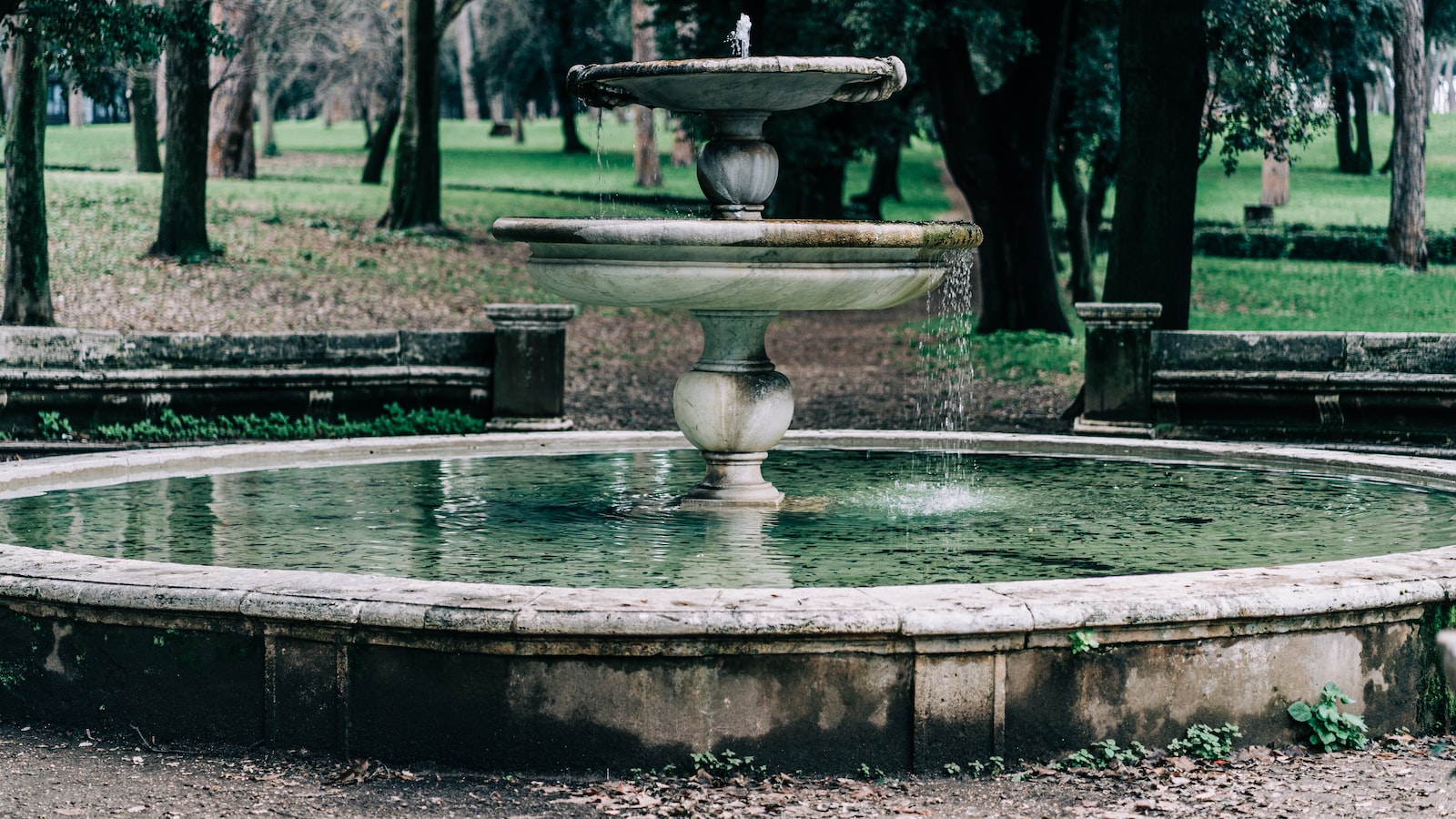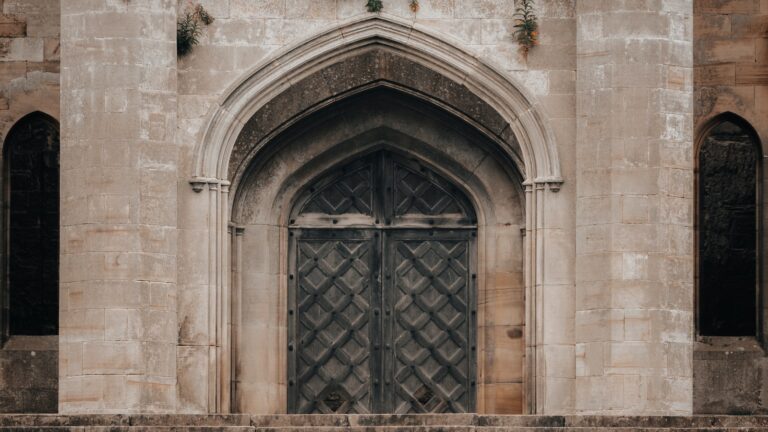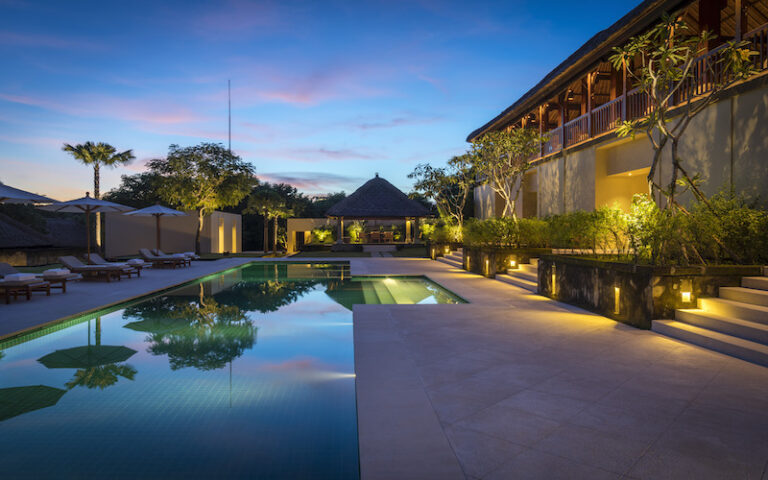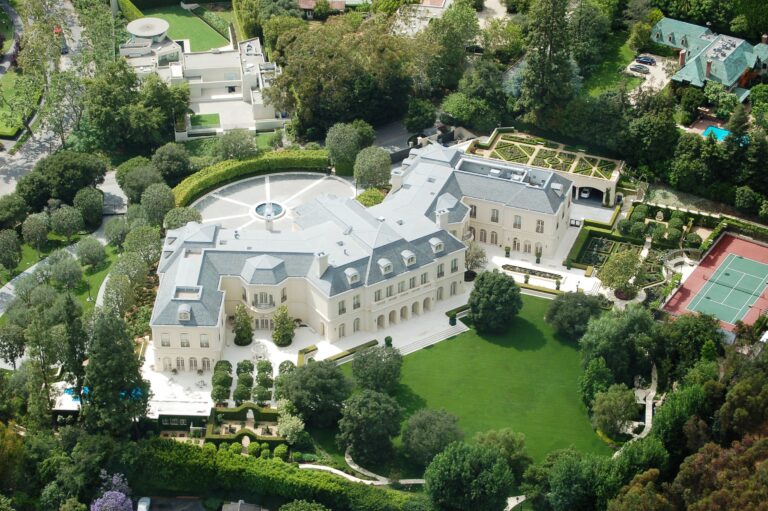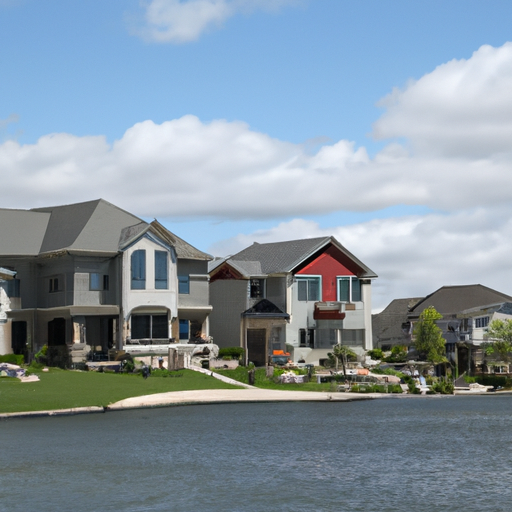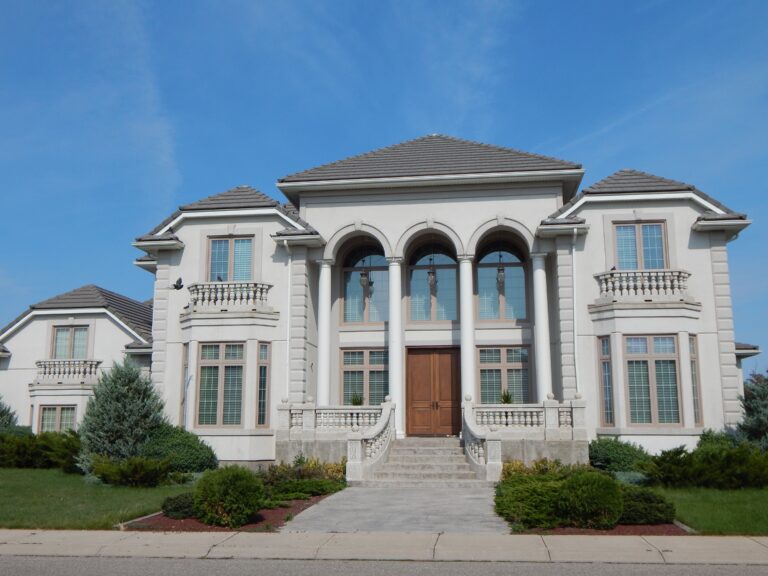How to Incorporate Classical Architecture in Luxury House Design
Adding Classical Architecture to Your Luxury Home Design
Incorporating the timeless charm of classical architecture into your luxury home design can create an exquisite blend of old-world elegance and modern comfort. The marriage of ornate details, balanced proportions, and refined craftsmanship can transform your home into a masterpiece that stands out from the rest. In this guide, we’ll walk you through practical steps to seamlessly infuse classical architectural elements into your luxury house design. From graceful columns to intricate moldings, you’ll find inspiring ideas to elevate your home’s aesthetic appeal while preserving the grandeur of classical design. Let’s embark on a journey to enhance the beauty and sophistication of your luxury residence.
Table of Contents
- Classical Architecture and its Influence on Luxury House Design
- Blending Timeless Elegance with Modern Amenities: Key Principles for Classical Architecture
- Architectural Elements that Define Classical Luxury House Design
- Strategies for Incorporating Classical Architectural Features in Contemporary Luxury Homes
- Creating a Grand Entrance: Highlighting Classical Architectural Details in the Foyer
- Balancing Functionality and Aesthetics: Designing Classical-inspired Interiors for Luxury Homes
- FAQs
- Insights and Conclusions
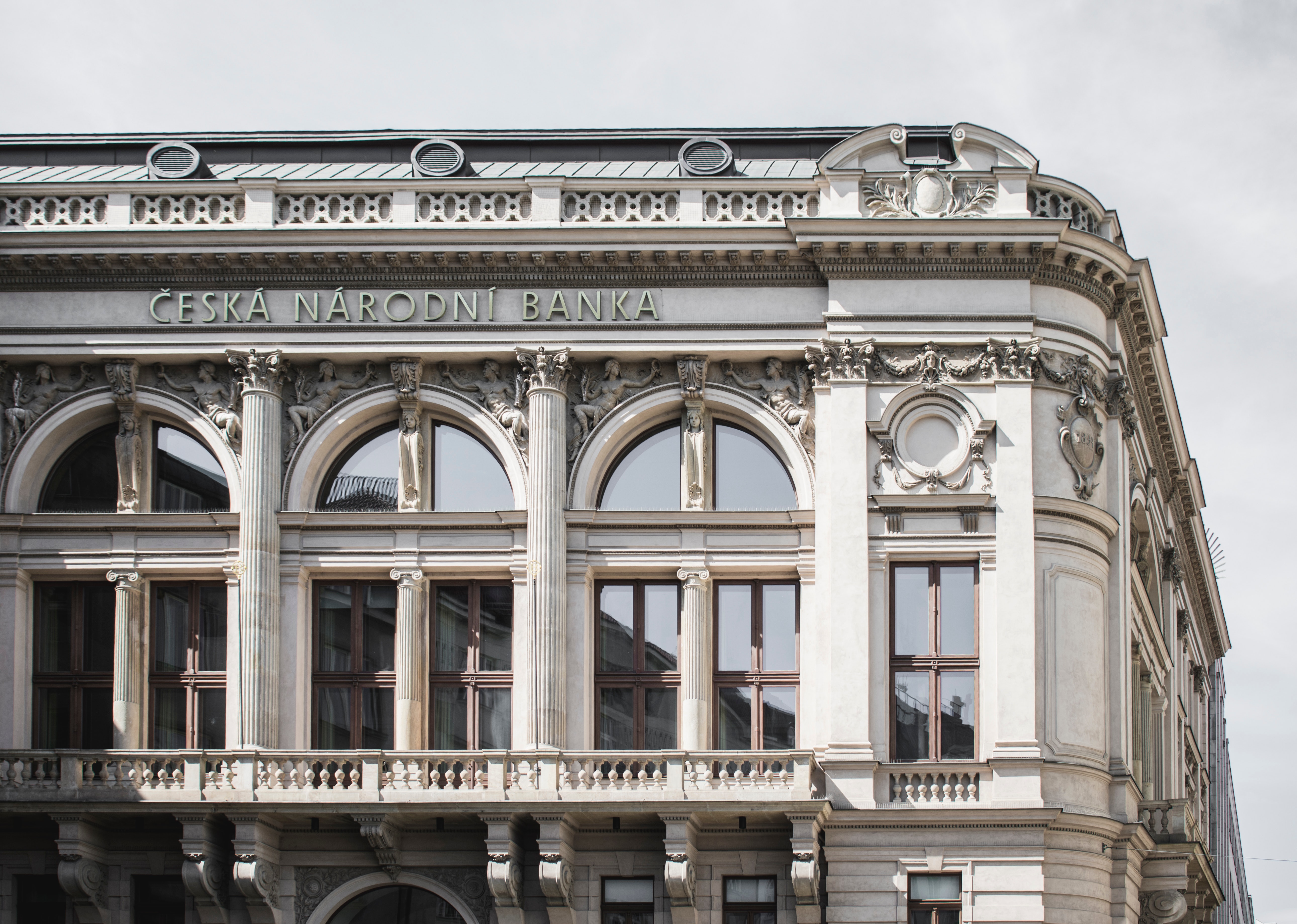
Classical Architecture and its Influence on Luxury House Design
Classical architecture, with its timeless beauty and grandeur, has been a significant influence on luxury house design throughout history. Its emphasis on proportion, symmetry, and meticulous detailing brings a sense of elegance and sophistication to any residence. Drawn from the rich traditions of ancient Greece and Rome, classical elements such as Doric, Ionic, and Corinthian columns, pediments, and arches add a touch of grandiosity to the overall design. The use of ornate moldings, decorative friezes, and elaborate cornices further enhance the opulence of luxury houses.
One of the key characteristics of classical architecture is the focus on creating harmonious and balanced compositions. The careful arrangement of columns and their proportionate placement helps to establish a sense of equilibrium and dignity. These architectural principles are often mirrored in luxury house design, where attention is paid to creating a harmonious flow between spaces and ensuring a balanced and visually pleasing overall layout.
The influence of classical architecture also extends to the interior design of luxury houses. Ornamental details such as coffered ceilings, plaster mouldings, and decorative pilasters add a touch of grandeur to the living spaces. Intricate marble flooring, inspired by ancient Roman designs, evokes a sense of luxury and sophistication. The use of classical motifs in wallpaper, upholstery, and artwork further accentuates the elegance and timelessness of the overall design.
In conclusion, classical architecture’s influence on luxury house design is undeniable. Its emphasis on proportion, symmetry, and meticulous detailing lends an air of elegance and opulence to these prestigious residences. With its timeless beauty and harmonious compositions, classical architecture continues to inspire and shape the design of luxury houses in the modern world.
Blending Timeless Elegance with Modern Amenities: Key Principles for Classical Architecture
Classical architecture has long been admired for its timeless elegance and grandeur. However, in today’s rapidly evolving world, it is essential to incorporate modern amenities into classical designs, seamlessly merging the past with the present. Achieving this delicate balance requires careful consideration and adherence to key principles.
- Honoring tradition: Classical architecture is steeped in tradition and a connection to history. It is vital to pay homage to the architectural elements and design principles that define this style, such as symmetrical facades, decorative columns, and intricate detailing.
- Embracing functionality: While classical architecture is renowned for its beauty, it is crucial to integrate modern amenities that enhance the living experience. This includes incorporating energy-efficient systems, smart home technology, and sustainable materials without compromising the integrity of the design.
- Adapting to contemporary lifestyles: Classical architecture should be adaptable to meet the needs of today’s homeowners. This may involve creating open floor plans, incorporating versatile spaces, and providing ample natural light to foster a harmonious blend of classical elegance and modern comfort.
By weaving together the timeless elegance of classical architecture with the convenience and functionality of modern amenities, architects can create spaces that captivate and inspire, offering a sanctuary where past and present coexist in perfect harmony.
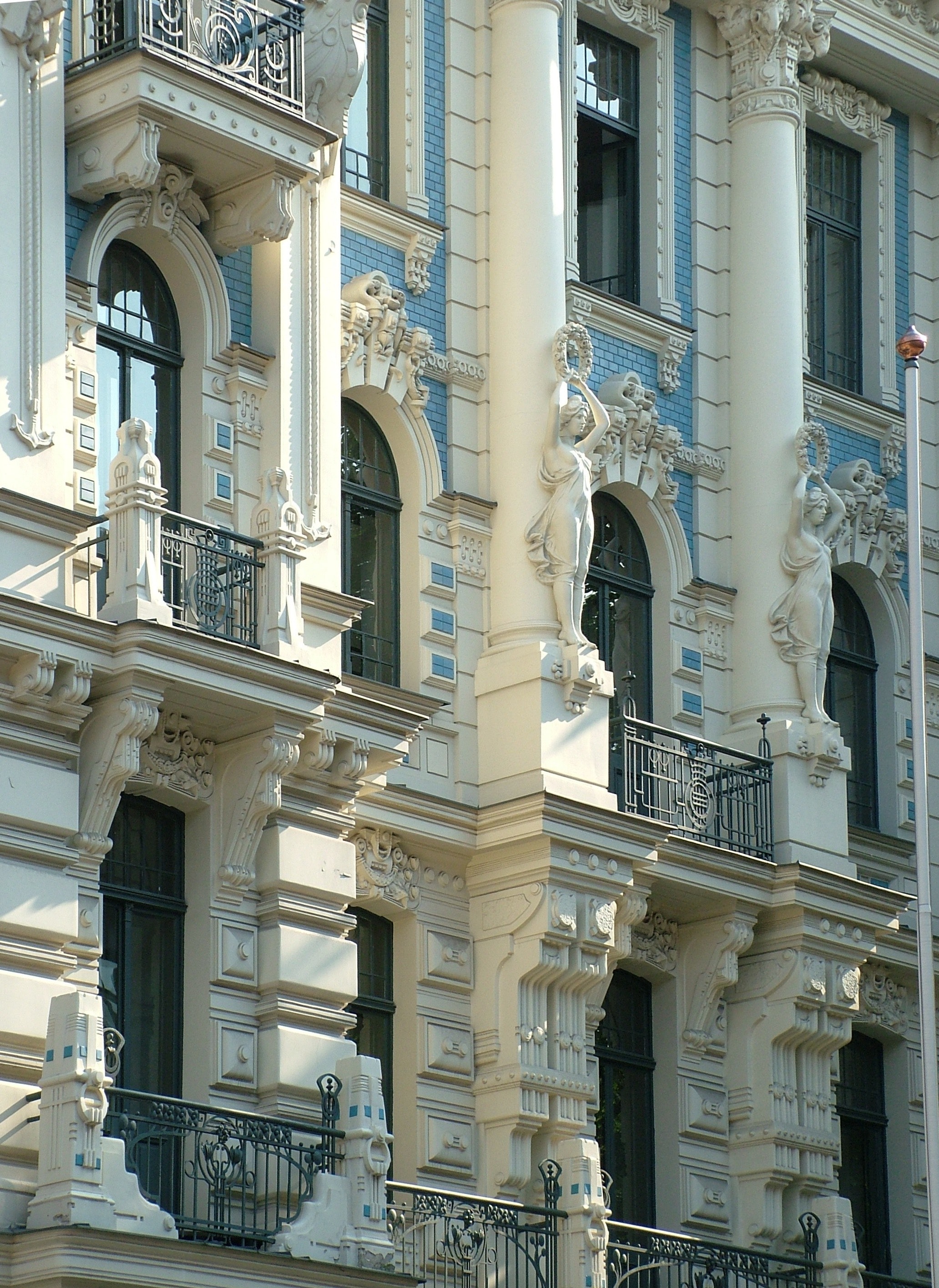
Architectural Elements that Define Classical Luxury House Design
In the realm of opulence and sophistication, classical luxury house design is the epitome of timeless elegance. From grandiose mansions to extravagant villas, these architectural wonders embody a sense of refined luxury through their captivating elements. Intricate details and meticulous craftsmanship blend seamlessly to create a harmonious composition that exudes opulence at every turn. From stately columns to ornate moldings, here are some of the :
- The Grand Entrance: A regal entrance sets the stage for the magnificence that awaits within. Elaborate porticos adorned with Corinthian columns and graceful archways create a sense of grandeur and welcome.
- Exquisite Balustrades: Beautiful balustrades grace balconies and terraces, their intricate designs mesmerizing with their ornate motifs and graceful symmetry.
- Sumptuous Ceilings: Lavish ceilings adorned with intricate plasterwork and elaborate frescoes elevate the sense of luxury within these classical residences. Every glance upwards reveals a masterpiece of artistry.
- Majestic Columns: Tall, slender columns, often fluted and crowned with lavish capitals, serve as the backbone of classical luxury architecture. These pillars of opulence evoke a sense of strength and grandiosity.
Capturing the essence of classical luxury house design requires an impeccable attention to detail and a respect for the timeless principles of architecture. Every element in these stately homes harmonizes to create an ambiance of grace and refinement, making them a haven for those seeking to indulge in the opulence of a bygone era.

Strategies for Incorporating Classical Architectural Features in Contemporary Luxury Homes
In the world of high-end home design, the fusion of classic architectural features with modern aesthetics has become a symbol of refinement and sophistication. As an architect or homeowner seeking to incorporate classical elements into a contemporary luxury home, it is crucial to strike a harmonious balance between the refinement of the past and the functionality of the present. Begin by focusing on proportionality and symmetry. Classical architecture is renowned for its attention to balance and harmony, so apply this principle through the careful arrangement of windows, doors, and façade compositions. Next, the use of ornamental detailing can add the perfect touch of grandeur to a luxury home. Employ classical motifs such as cornices, moldings, and pilasters, but update them with a modern twist to avoid an overly historic feel. Lastly, don’t shy away from integrating modern materials. Embrace materials like glass, steel, and concrete for a contemporary contrast to the classical features, creating a powerful juxtaposition that emphasizes the timelessness of classical design in the present day.

Creating a Grand Entrance: Highlighting Classical Architectural Details in the Foyer
When it comes to creating a grand entrance, nothing quite captures the essence of sophistication and elegance like highlighting classical architectural details in the foyer. Every element of the foyer design plays a vital role in setting the tone for the rest of the home, and incorporating classical architectural elements adds a timeless charm that will never go out of style. By focusing on intricate details and opulent features, you can transform your foyer into a captivating space that leaves a lasting impression on all who enter.
To achieve a truly grand entrance, consider incorporating the following classical architectural details:
- Dramatic archways: Create a sense of grandeur by installing arched doorways or windows in your foyer. Arches add an architectural focal point that immediately draws the eye and adds a touch of sophistication to the space.
- Ornate moldings: Crown moldings, baseboards, and wainscoting are essential elements in classical architecture. Consider using intricately detailed moldings to add depth and elegance to your foyer walls and ceilings.
- Grand staircase: A sweeping staircase is a hallmark of classical design. Opt for a curved or spiral design adorned with ornate railings and balusters to make a statement as soon as visitors step inside.
- Marble flooring: Nothing exudes luxury quite like marble. Install a marble floor in your foyer to create an air of grandeur and opulence. Choose from different patterns and colors to match the overall aesthetic of your home.
- Chandeliers: A stunning chandelier can instantly elevate the ambiance of your foyer. Opt for a crystal or antique-style chandelier that complements the classical architectural elements and adds a touch of sparkle and glamour.
By highlighting these classical architectural details in your foyer, you can create a grand entrance that emanates timeless beauty and sophistication. Each element will work together to make a lasting impression on both residents and visitors, setting the tone for the exquisite design that awaits in the rest of your home.
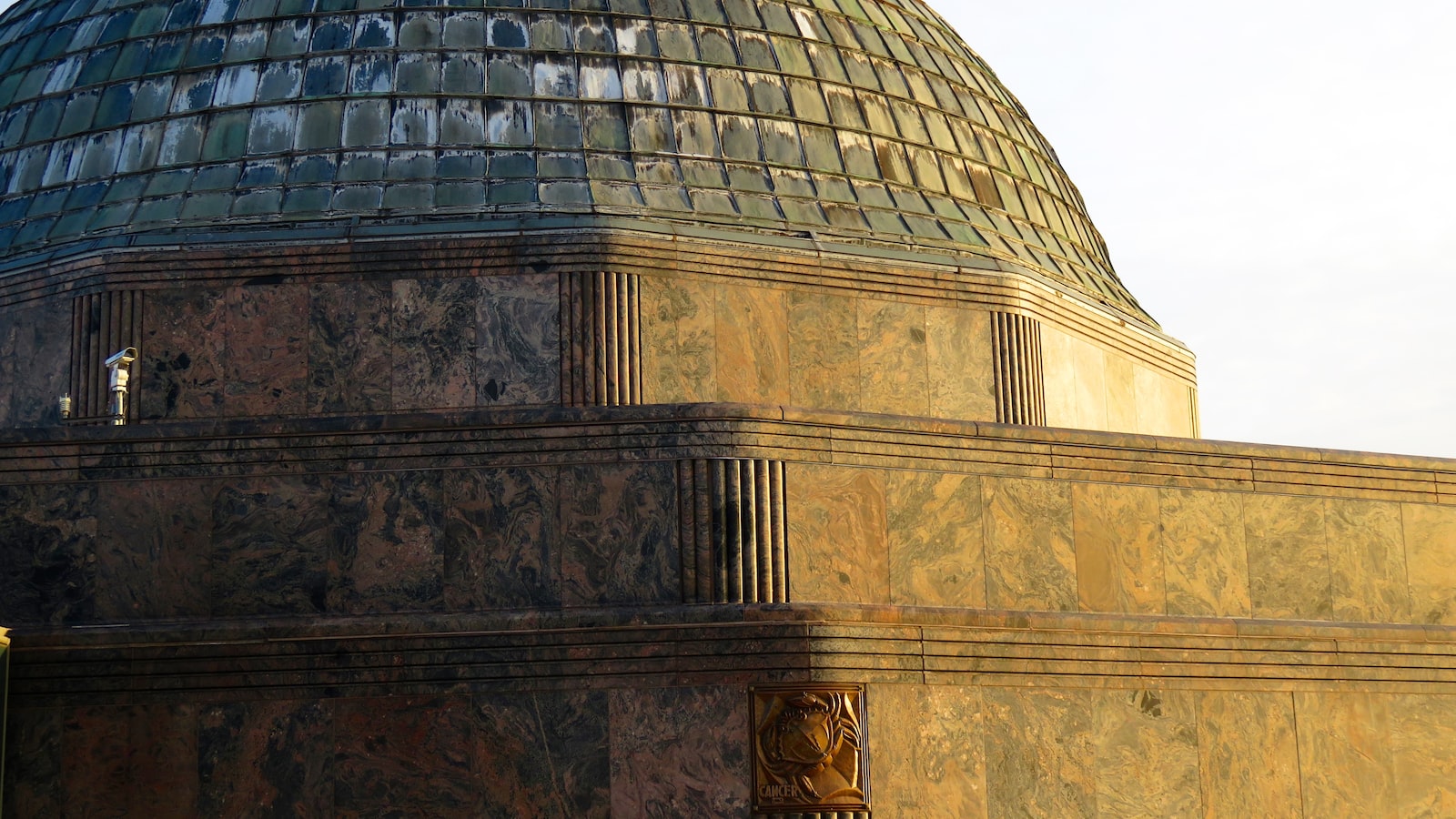
Balancing Functionality and Aesthetics: Designing Classical-inspired Interiors for Luxury Homes
When it comes to designing classical-inspired interiors for luxury homes, finding the perfect balance between functionality and aesthetics is key. With a focus on timeless elegance and grandeur, these interiors marry the best of both worlds to create spaces that are not only visually stunning, but also practical and livable. One way to achieve this harmony is by carefully selecting furniture pieces that exude opulence while providing comfort and usability. Upholstered chairs and sofas with intricate detailing and plush fabrics provide a luxurious touch, while ergonomic designs ensure maximum comfort. Incorporating architectural features such as crown moldings, coffered ceilings, and marble accents adds a touch of sophistication and classical charm to the space. Another aspect to consider is the lighting – opting for chandeliers and sconces with delicate crystal embellishments not only illuminates the room but also adds a dazzling visual element. Finally, selecting a color palette that embodies elegance and timelessness, such as soft neutrals, rich golds, and royal blues, contributes to the overall aesthetic appeal. By thoughtfully balancing functionality and aesthetics, classical-inspired interiors can create a truly luxurious atmosphere that stands the test of time.
FAQs
1. What is classical architecture?
Classical architecture refers to the architecture style inspired by ancient Greece and Rome. It is characterized by grandeur, symmetry, and a sense of balance, with its prominent features being columns, pediments, and ornate detailing.
2. Why should I consider incorporating classical architecture in my luxury house design?
Incorporating classical architecture in your luxury house design brings a timeless elegance, sophistication, and a sense of grandiosity that never goes out of style. It adds a touch of historical significance and a sense of cultural appreciation to your home, showcasing your refined taste.
3. How can I incorporate classical architecture in my luxury house design without making it look outdated?
To keep your luxury house design fresh and contemporary, consider blending classical architecture with modern elements. Incorporate clean lines, minimalist interiors, and sleek materials to balance the timeless appeal of classical architecture with contemporary aesthetics.
4. What are some key features of classical architecture that I can include in my luxury house design?
Some key elements of classical architecture include columns (Ionic, Corinthian, or Doric), pediments, cornices, arches, and domes. These features can be incorporated in various ways, such as using Corinthian columns for grand entrances or adding pediments and cornices to accentuate the façade of your luxury house.
5. Should I focus solely on the exterior when incorporating classical architecture?
While classical architecture primarily emphasizes the exterior, it is equally important to extend its influence to the interior. Consider incorporating grand sweeping staircases, vaulted ceilings, marble flooring, and ornate moldings to bring classical elegance inside your luxury home.
6. Can classical architecture be incorporated in a smaller luxury house design?
Absolutely! Classical architecture can be adapted to various scales, allowing you to incorporate its elements in smaller luxury houses as well. Adaptations can include using smaller columns or scaling down ornate details while retaining the overall concept and style.
7. What are some tips for maintaining a balance between classical and modern styles in luxury house design?
To maintain a harmonious balance, ensure that classical elements are carefully integrated with the modern elements of your luxury house design. While classical architecture may dominate the overall aesthetic, select furniture and décor that align with both the classical and contemporary styles.
8. Should I hire an architect with knowledge of classical architecture for my luxury house project?
Although it is not mandatory, enlisting the services of an architect with expertise in classical architecture can play a crucial role in achieving the desired aesthetic and ensuring the correct implementation of classical elements in your luxury house design.
9. Can I incorporate classical architecture in an already existing luxury house?
Certainly! Classical architecture can be successfully incorporated into your existing luxury house through renovations or additions. Consult with an experienced architect or designer to explore the possibilities and determine the best approach for integrating classical elements seamlessly into your current home.
10. Is classical architecture a costly option for luxury house design?
While incorporating classical architecture in your luxury house design may require a higher budget due to the intricate details and quality materials involved, it ultimately depends on the scope of the project and your preferences. With careful planning and creative alternatives, you can achieve a luxurious classical-inspired home within your budget.
Future Outlook
As we conclude our journey into the timeless world of classical architecture and luxurious house design, we hope you have found inspiration to create an abode that embodies elegance, refinement, and beauty. By embracing the principles and elements of this esteemed architectural style, you have the power to bring a sense of grandeur and harmony into your living space.
Immerse yourself in the captivating symmetry of Corinthian columns, the regal embrace of astute archways, and the graceful dance of ornate motifs. Let the balance and proportion of classical design instill a sense of calm, providing shelter from the chaos of the modern world.
Remember, classical architecture is not confined to Greek temples and Roman villas of centuries past. Through the incorporation of these architectural principles, you can infuse your own personal touch, creating a unique blend of the historical and the contemporary.
Whether you choose to adorn your façade with intricate pediments or invite the magnificence of a grand staircase into your foyer, let classical architecture ignite your imagination and elevate your living experience.
Indulge in the splendor of fine craftsmanship and opulent materials. Embrace the interplay of light and shadow as it dances across Corinthian capitals and vaulted ceilings. Allow every room, every wall, every detail to resonate with the spirit of antiquity and evoke a feeling of awe within you and your guests.
We trust that this exploration of classical architecture has opened doors to new possibilities, unveiling an extraordinary world where art, history, and luxury converge. As you embark on your own design journey, remember the words of Vitruvius, an ancient Roman architect, who believed that architecture should encompass “firmness, commodity, and delight.”
May your luxury house design project embody these ideals in every facet, as you create a sanctuary that not only stands the test of time but serves as a testament to your exquisite taste and appreciation for beauty.

